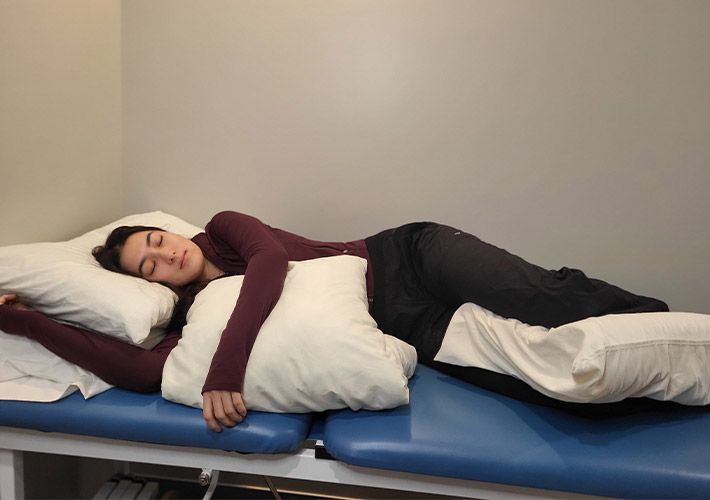Try Thai!

Thai massage is an ancient practice that has grown in popularity in recent years for its unique approach to healing and well-being. While it might look quite different from the typical massages you’ve had, it offers profound benefits rooted in centuries of tradition. Here’s what makes Thai massage stand out, and why it might be the perfect fit for you.
The Origins of Thai Massage
Thai massage, also known as "Nuad Thai," originated over 2,500 years ago in Thailand. It is influenced by a blend of Indian Ayurvedic traditions, Chinese medicine, and indigenous Thai practices. The founder is often believed to be Shivago Komarpaj, a legendary figure and physician to Buddha. Though its methods have evolved, the core philosophy remains—using physical manipulation to balance the body’s energy systems, promote health, and reduce discomfort.
What Happens During a Thai Massage?
Unlike most massages where you lay on a table, Thai massage often takes place on a padded mat, and you remain fully clothed. The practitioner uses a combination of stretching, rhythmic pressing, and rocking movements to work through your muscles, joints, and pressure points.
The technique might feel like a blend of deep-tissue massage and assisted yoga. Using hands, knees, elbows, and feet, the therapist guides you through a series of stretches designed to increase flexibility and release tension. Some practitioners may also target specific energy lines in the body known as "Sen" to improve circulation and relieve pain.
The Benefits of Thai Massage
Thai massage offers numerous physical and mental health benefits:
- Improved Flexibility: The passive stretching helps loosen tight muscles and increase your range of motion, which can be particularly helpful for athletes or anyone dealing with muscle stiffness.
- Relief from Muscle Tension and Pain: The deep pressure applied during a session can relieve tension in problem areas, helping to reduce pain in the back, shoulders, and neck.
- Enhanced Circulation: The rhythmic movements and stretching stimulate blood flow, which can aid in the body's healing processes.
- Stress Reduction: The meditative aspect of Thai massage promotes a sense of relaxation and mental clarity, making it effective for reducing stress and anxiety.
- Boosted Energy Levels: Many people report feeling revitalized after a session due to the stimulation of energy flow throughout the body.
Who Should Try Thai Massage?
Thai massage is suitable for many people, but it's especially beneficial for those looking to improve flexibility and muscle function. Athletes, individuals with sedentary jobs, and people recovering from minor injuries may find relief and enhanced performance through this therapy.
It’s also a great option for anyone experiencing muscle tightness or chronic pain, as it provides deep tissue work with the added benefit of guided stretching. However, if you have any severe medical conditions such as heart problems, herniated discs, or recent surgery, it's essential to consult with your healthcare provider before trying Thai massage.
Ready to Try Thai Massage?
If you're curious about how Thai massage can benefit your body, talk to your provider at Peak Performance in Buffalo, NY. Christina, one of our licensed massage therapists, is specially trained in Thai massage and is here to guide you through the experience and ensure you’re getting the most out of your treatment. Whether you’re looking to relieve pain, reduce stress, or simply try something new, Thai massage offers a refreshing and therapeutic option.
Bethany Wolcott
D’Youville Chiropractic ‘26












